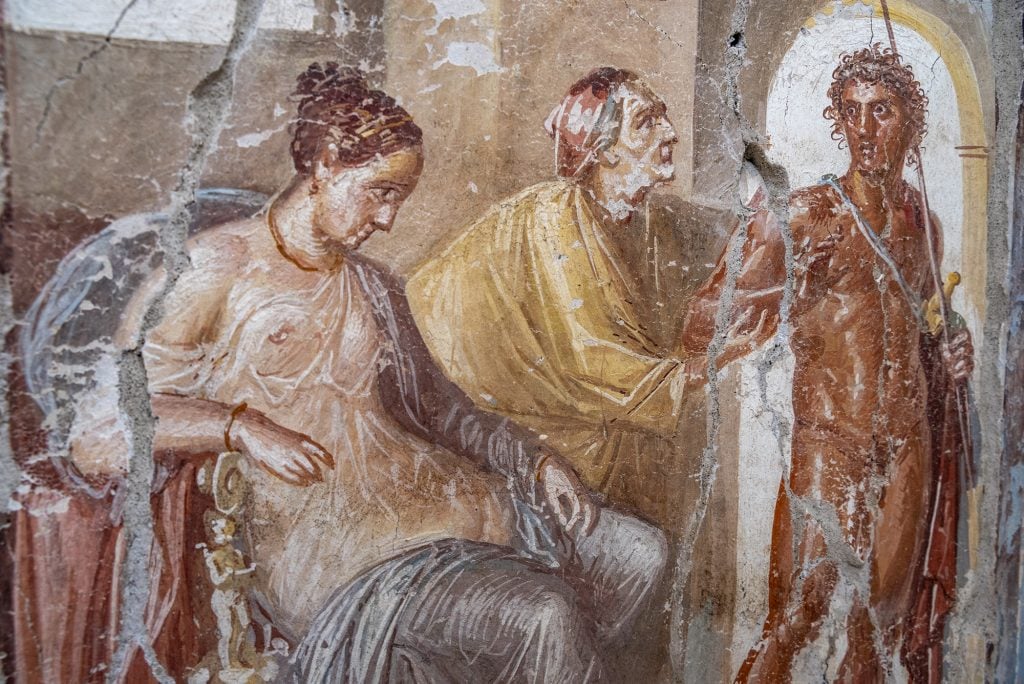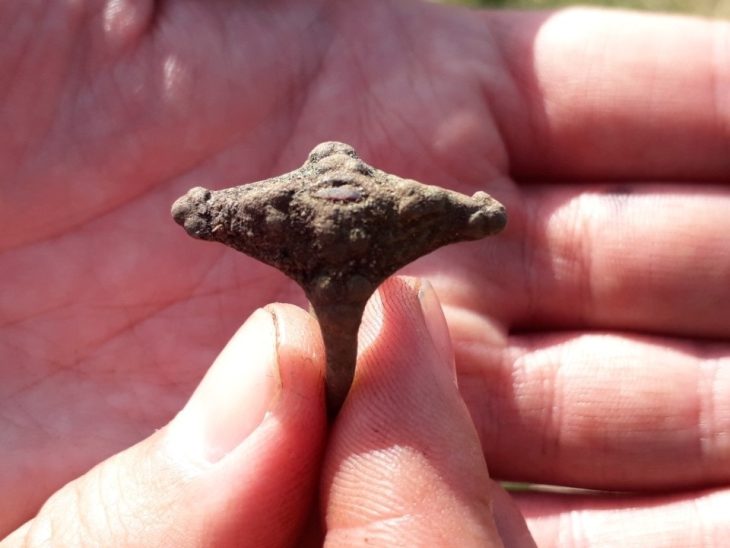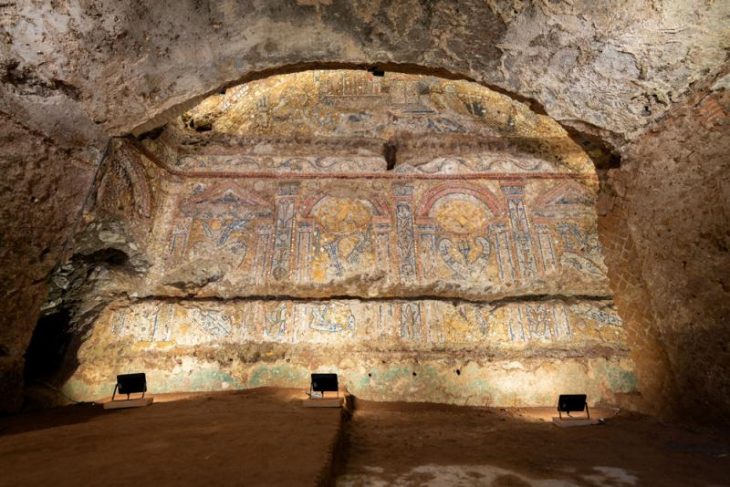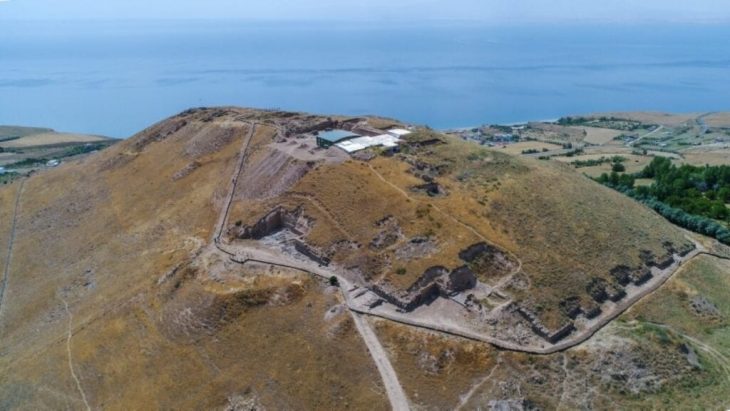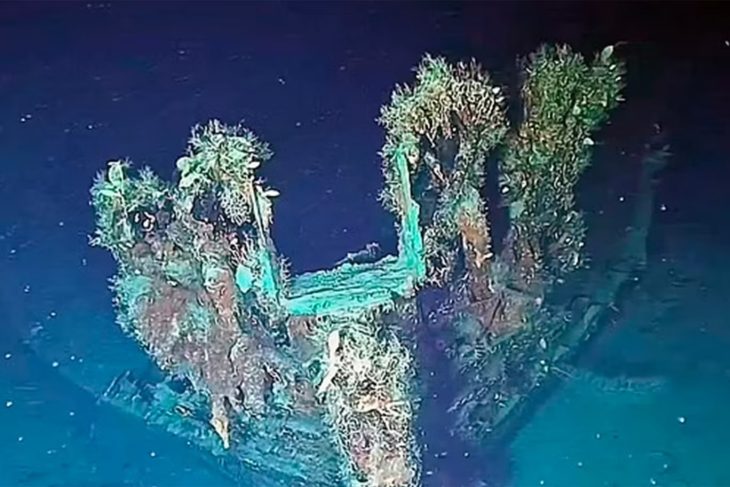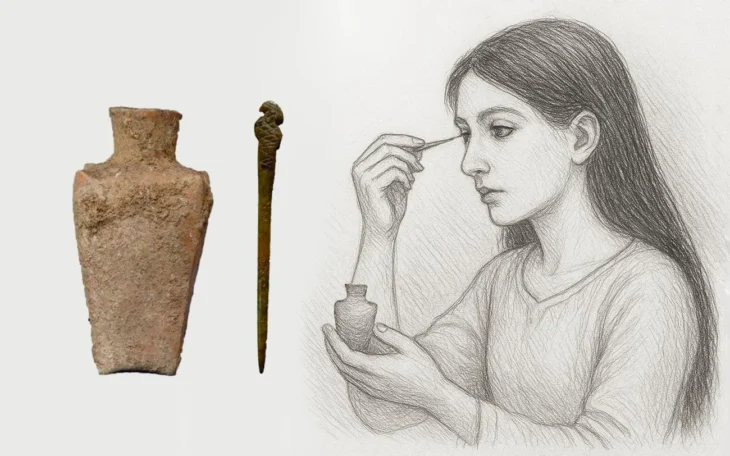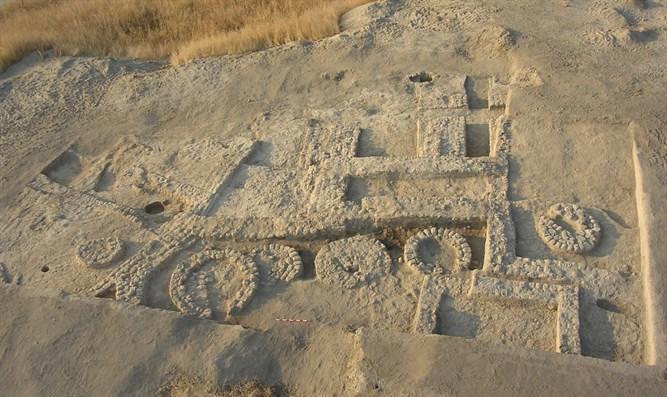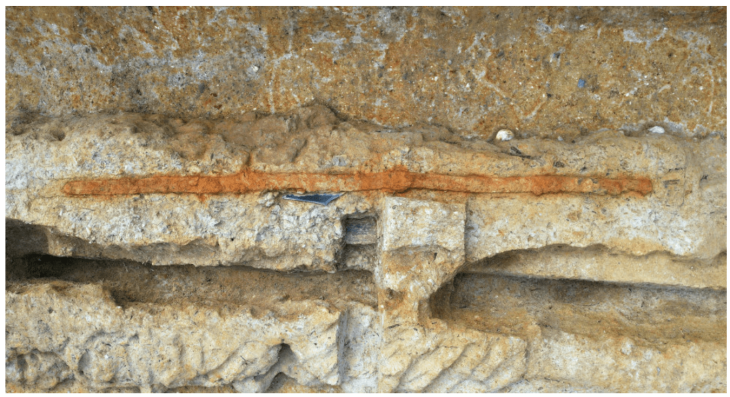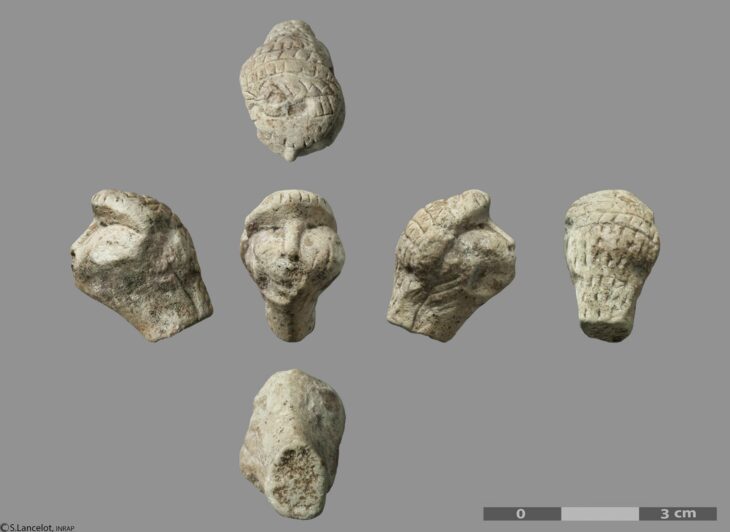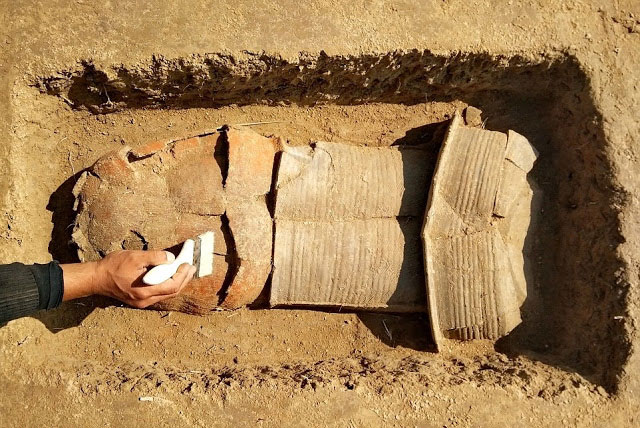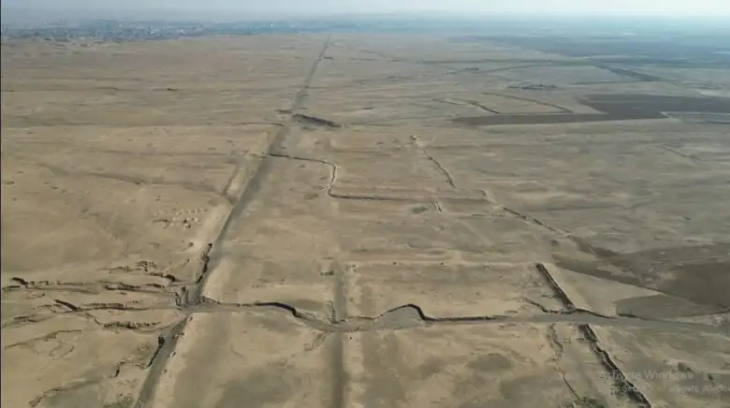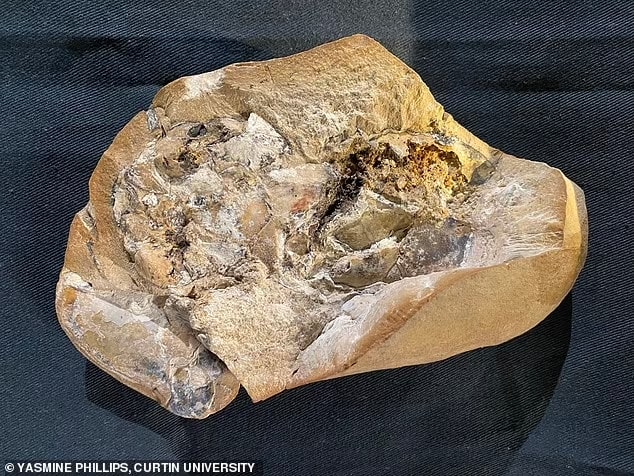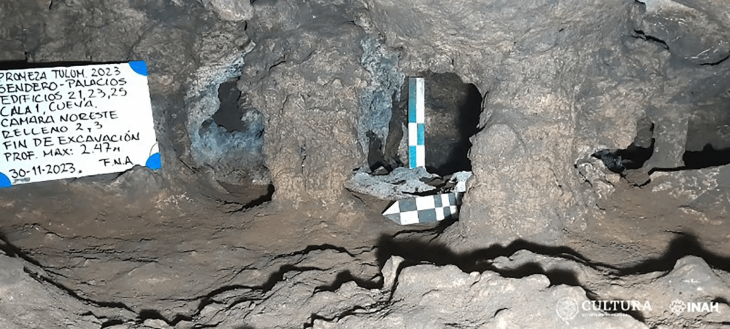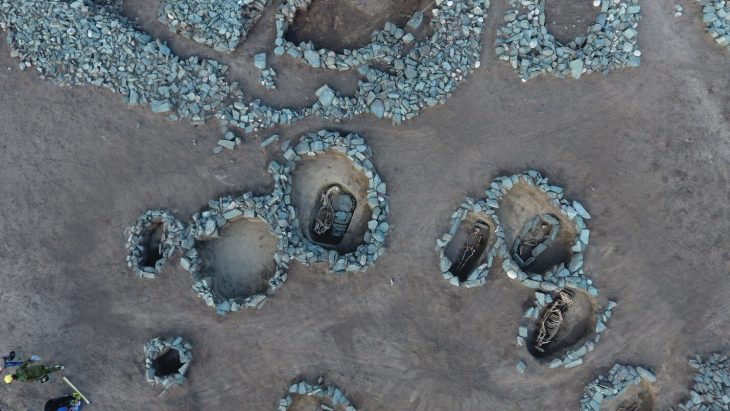During investigations at the construction site of the Insula dei Casti Amanti along Via dell’Abbondanza in the central area of the ancient city of Pompeii, archaeologists uncovered a tiny but richly decorated house with elaborate and sometimes erotic frescoes.
The results of the research show that not only large houses but also ‘small houses’ in the ancient city could have been richly decorated with frescoes.
According to experts, the lavishly furnished home, known as the House of Phaedra after the mythological queen of Athens, provides insight into the evolving architectural trends of the first century AD while also demonstrating Pompeii’s inhabitants’ penchant for sensual art.
Situated in the central district of the ancient city, the house is smaller than normal and unusually lacks the open central courtyard – known as an atrium – that is typical of Roman architecture.
The atrium was an open courtyard with small rooms and columns at a house’s entrance. In addition to serving as reception areas, atriums were also used for ceremonies and meetings between heads of households. An impluvium, a rainwater collection basin that would have had both a decorative and practical use, would also be located in the courtyard. An important component of opulent residences, atriums served as a symbol of wealth in ancient Rome. The lack of an atrium, however, did not prevent the ancient Pompeians from lavishly decorating their houses, according to new research.
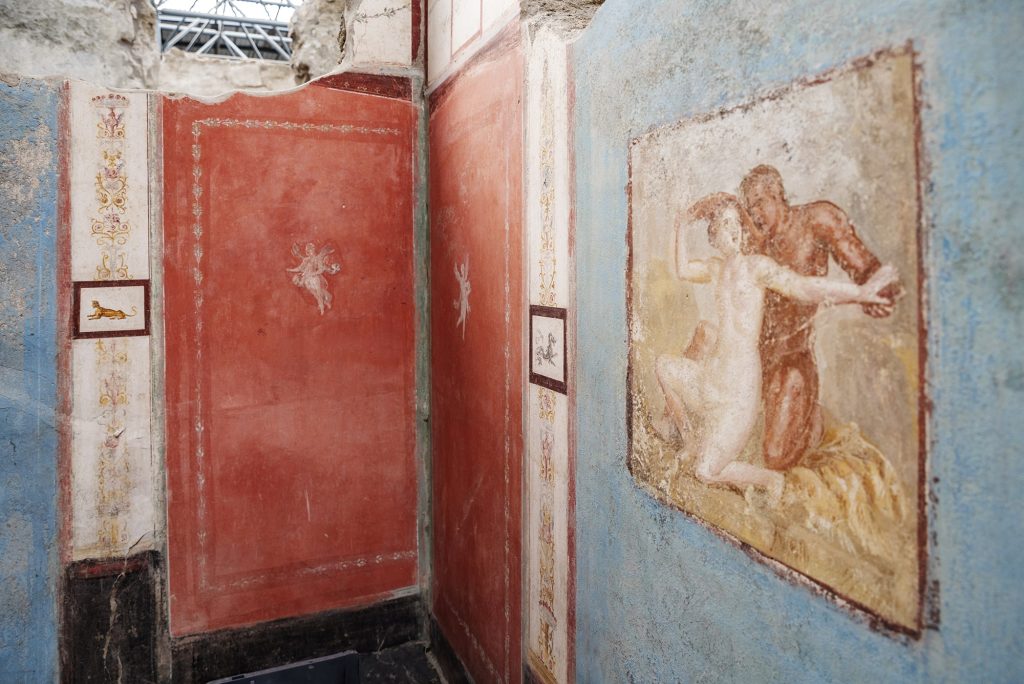
A tiny house that was discovered to have frescoes that rivaled those of its wealthiest neighbors is being temporarily dubbed the House of Phaedra in honor of a superbly preserved fresco depicting a scene from the old myth of Hippolytus and Phaedra. Other scenes painted on the walls of the back section of the House of Phaedra include a damaged mural depicting the Judgement of Paris, a couple believed to be Venus and Adonis, and a sexual encounter between a satyr and a nymph on a bed.
Racy scenes were present in homes across all sections of society and public spaces in Pompeii and were not looked upon as scandalous or embarrassing.
The House of Phaedra is believed to have been undergoing construction work at the time of the 79 C.E. eruption.
At the entrance of the house was a painted domestic altar that featured motifs of plants, sparrows, snakes, and prey birds. A lamp and a ceramic incense burner, complete with the remnants of scented sprigs, were discovered inside the altar.
According to the findings in the House of Phaedra, archaeologists are concluding that the presence of an atrium was not the be-all and end-all for Pompeiians displaying their wealth, and even those living in homes without one would go to lengths to demonstrate their tastes and showcase their belongings and furnishings.
Cover Image Credit: Archaeological Park of Pompeii

